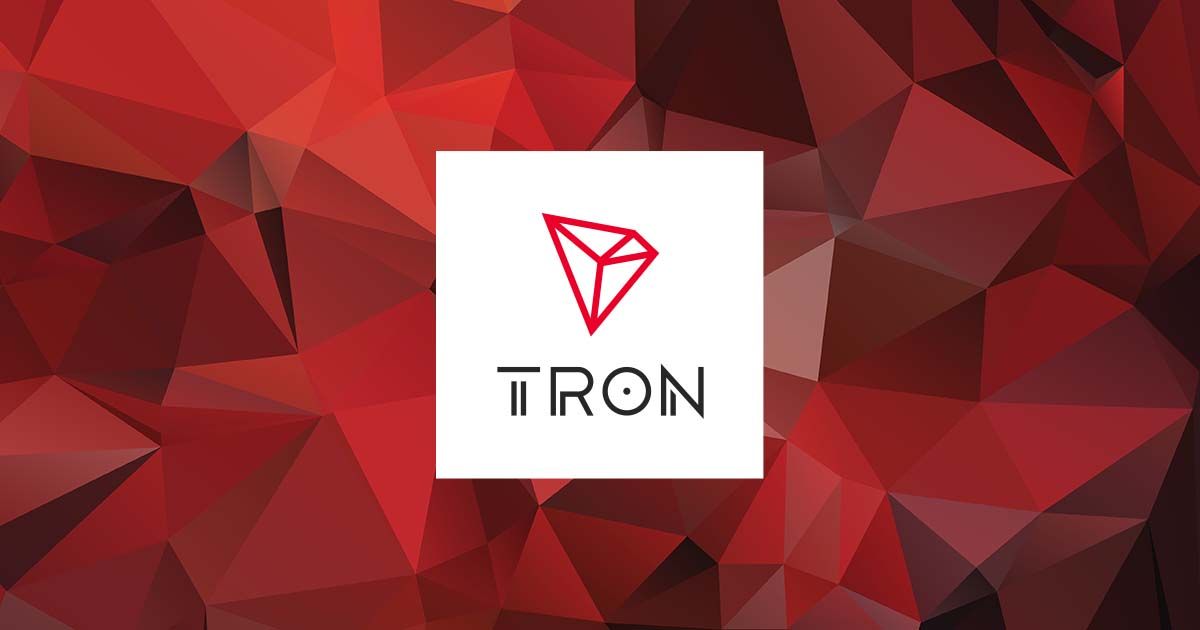TRON is a public blockchain established and maintained by Justin Sun and the TRON Foundation. With its native cryptocurrency, TRX (Tronix), TRON has created a powerful ecosystem where users can engage in various activities, such as transferring assets, interacting with decentralized applications (dApps), and utilizing network resources like energy and bandwidth. As one of the fastest-growing blockchain platforms, TRON offers a decentralized solution for digital content sharing and payments.
Key Components of the TRON Blockchain
-
Native Cryptocurrency – TRX:
TRX is the main currency within the TRON ecosystem. It is used to facilitate transactions, pay for network resources, and engage in other activities across the blockchain. Users who hold TRX can also participate in staking to vote for Super Representatives, who help secure the network. -
Resources – Energy and Bandwidth:
On the TRON blockchain, resources like energy and bandwidth are necessary for processing transactions. Users must spend these resources to initiate transfers and execute smart contracts. In situations where energy and bandwidth are insufficient, users can opt to use TRX to cover the costs. For instance, a USDT (Tether) transaction requires 65,000 energy and 365 bandwidth; if these resources are unavailable, the transaction may cost around 14 TRX (approximately 2 USDT). -
Transparency – Tronscan:
All transactions and activities on the TRON blockchain can be viewed using Tronscan. This platform allows users to explore block details, account balances, transaction histories, and much more, ensuring complete transparency.
Transaction Costs on TRON
While TRON offers a low-cost environment for digital transactions, fees may vary depending on the circumstances. For example:
- Energy and Bandwidth Usage: If users lack energy or bandwidth to complete a transaction, they can pay with TRX. In most cases, a typical USDT transfer will require 65,000 energy and 365 bandwidth.
- Exchange Fees: Some cryptocurrency exchanges may set their own fees for transferring tokens like USDT. Typically, exchanges charge a flat fee of 1 USDT for transfers, but the actual network fees follow TRON’s rules.
In certain situations, users may face double transaction fees, so understanding how TRON’s resources work can help minimize costs.
Recommended Wallets for TRON
To securely store TRX and other tokens on the TRON blockchain, users can choose from a variety of wallet solutions:
- Ledger: A highly trusted hardware wallet used by many for its robust security. It supports multiple blockchains, including TRON.
- IMTOKEN: A popular mobile wallet supporting various blockchains, offering an easy-to-use interface.
- TronLink: TRON’s official wallet, known for its user-friendly design and seamless integration with the TRON ecosystem.
- TokenPocket: Another widely used mobile wallet that supports multiple blockchain networks, including TRON.
Saving on Transaction Fees with Tronnergy
Tronnergy is a platform designed to help TRON users reduce transaction costs. By renting energy, users can cut fees by up to 50%, making it more economical to perform transactions on the TRON blockchain. The platform is accessible at Tronnergy and offers a straightforward process for lowering transaction fees.
How Tronnergy Works
The Tronnergy platform allows users to rent energy, reducing their reliance on TRX to pay for transactions. The process is simple and involves a few steps:
- Visit the Website: Upon visiting the Tronnergy website, users can switch the interface to Chinese if needed. The platform displays how much energy is available for rent to lower fees.
- Start Renting Energy: By clicking “Exchange Energy,” users can input the necessary transaction details, including the recipient address, payment address, and the amount of energy required (e.g., 65,000 energy for a typical USDT transaction).
-
Choose a Pricing Plan: Tronnergy offers two pricing plans:
- 7 TRX/1HR: The rented energy is returned to the platform after one hour.
- 8 TRX/1Day: The rented energy is returned after one day.
- Complete the Payment: After selecting a plan, users send the required amount of TRX to the platform’s address. Energy is delivered within 1-3 seconds, and users can proceed with their transactions without incurring additional fees.
Additional Features of Tronnergy
Tronnergy functions like a virtual battery, where users borrow energy for a specific time and return it when the time expires. Businesses can also create corporate accounts for easier energy management and benefit from discounts by pre-purchasing energy credits.
Conclusion
TRON’s blockchain, with its fast transactions, low fees, and easy-to-use platforms like Tronscan and Tronnergy, has become a popular choice for users and businesses alike. By leveraging resources like energy and bandwidth and using wallet options like TronLink and Ledger, users can engage in cost-effective transactions within the TRON ecosystem. Moreover, platforms like Tronnergy help reduce the burden of transaction fees, making it easier for users to transact smoothly and economically on TRON.

